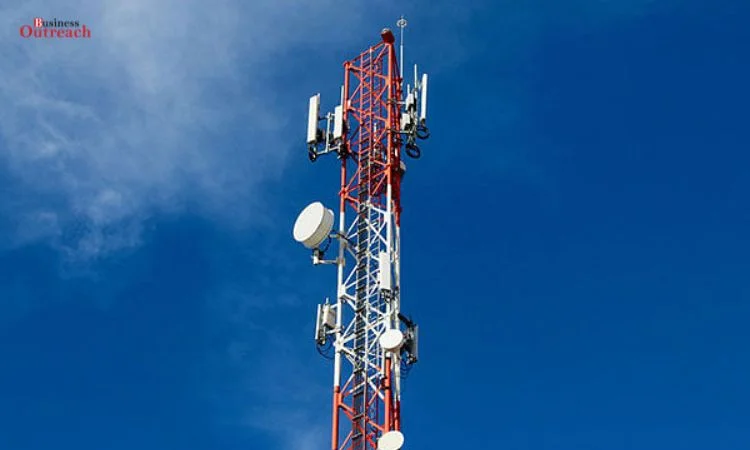PLI has taken the Indian sector of telecom equipment to new heights. In just three years, it has scaled sales of over INR 50,000 crore and more than 17,000 jobs; a huge story of success carved out under the ‘Make in India’ initiative of the government.

PC: ThePrint
The PLI scheme, announced to increase domestic manufacturing and reduce dependence on imports, enabled large investments to flow into the telecom segment and generated jobs. This was announced by Minister for Telecom Ashwini Vaishnaw, who said that under the PLI scheme, companies have invested INR 2,419 crore, generated sales of INR 34,516 crore, and exports of INR 7,600 crore, and generated 17,753 jobs in the process.
In October 2022, it shortlisted 42 firms committed to investing INR 4,115 crore. These firms are eyeing additional sales of INR 2.45 lakh crore until the scheme period ends in 2025-26. The list of shortlisted firms includes domestic giants such as VVDN Technologies, which has just inaugurated a production line for 4G and 5G connectivity modules and data cards.
One of the remarkable results for the PLI scheme was the quantum jump in the export of telecom equipment. The shipment of Indian-manufactured telecom products started reaching erstwhile highly developed markets such as the US, Europe, and Japan. This clean shift shows that Indian products have started gaining a lead in quality and competitiveness globally. Minister Vaishnaw said, “Quality and consistency are extremely important to stay relevant in these markets.”.
The PLI scheme thus has wider ramifications than the telecom sector. It has brought large investments across other sectors, while framing substantial growth in electronics, drugs, and pharmaceuticals, food processing, etc. For example, in India, production related to mobile phones has gone up by more than 125 per cent while exports increased fourfold in FY 2020-21. The scheme thus onboarded about 60 per cent import substitution in the telecom sector.
Not only this, success has also been viewed in the pharmaceuticals sector where the production of exclusive intermediate materials and bulk drugs, Penicillin-G, started in the country. Not less than that is, under this PLI scheme, the manufacturing of medical devices has also been triggered, leading to significant import reductions.
Government now aspires to make India a leader in 5G, and emerging 6G technologies. The 5G launched about a year ago, the 5G of India, has scaled to the third biggest ecosystem in the world. Another feather in the cap in regard to technological development was credit to the fact that ITU accepted India’s contributions pertaining to standardization on 6G. It will further strengthen this progress in the coming years.
While being sector-agnostic, the PLI scheme has been highly successful in the sector of telecom because India is rising as a mega-manufacturing nation with the potent capability to turn itself into a global hub for manufacturing. Constant investments, quality-enhancement initiatives, and strategic policies will continue to make the PLI scheme stimulate more growth, employment generation, and economic progress in different industry verticals within India.















